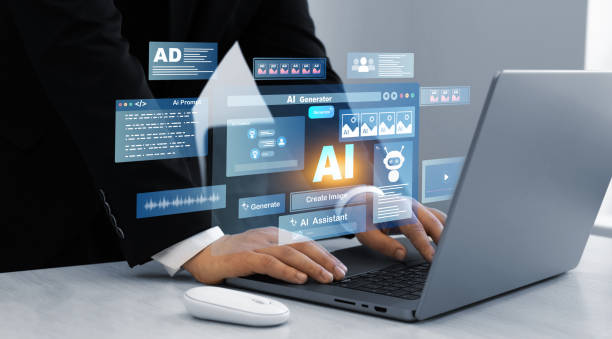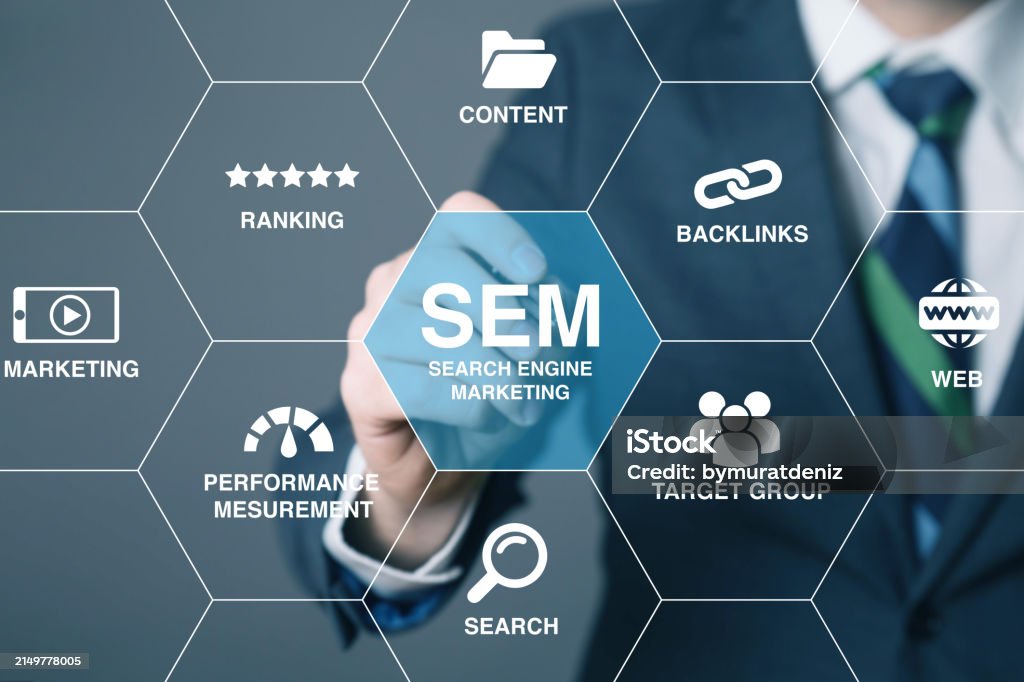Introduction
Artificial Intelligence (AI) has dramatically reshaped the creative industry, introducing powerful AI-powered image tools that generate, enhance, and manipulate visuals with unprecedented precision. From professional designers to social media marketers, these tools are becoming indispensable. But what makes them so revolutionary? Let’s explore the best AI image generators, their applications, and how they’re changing digital art forever.
The Rise of AI-Powered Image Tools
AI has evolved from simple filters to sophisticated image-generation models capable of producing hyper-realistic visuals. Tools like MidJourney, DALL·E, and Stable Diffusion leverage deep learning to interpret text prompts and generate stunning artwork in seconds.
Why Are AI Image Tools So Popular?
- Speed & Efficiency: Generate high-quality images in minutes.
- Cost-Effective: Reduce reliance on expensive photoshoots.
- Endless Creativity: Experiment with styles, from photorealistic to abstract.
- User-Friendly: No advanced design skills required.
Top AI-Powered Image Tools in 2024
1. MidJourney (V6 & Beyond)
MidJourney remains a leader in AI-generated art, offering breathtaking visuals with improved realism and detail. Its latest version supports higher resolutions, better text rendering, and dynamic lighting effects.
🔹 Best for: Concept art, digital illustrations, branding.
2. DALL·E 3 by OpenAI
Integrated with ChatGPT, DALL·E 3 produces highly accurate images from complex prompts. It excels in contextual understanding, making it ideal for marketing and storytelling.
🔹 Best for: Ad creatives, social media content, storyboarding.
3. Adobe Firefly (Generative AI)
Adobe’s Firefly integrates seamlessly with Photoshop, offering AI-powered image expansion, text-to-image, and style transfer. It’s a game-changer for professional designers.
🔹 Best for: Photo editing, graphic design, marketing collateral.

4. Stable Diffusion 3
An open-source alternative, Stable Diffusion allows full customization. Its latest version improves image coherence and fine details, making it a favorite among developers.
🔹 Best for: Developers, indie artists, AI research.
5. Runway ML
Runway ML specializes in AI video and image generation, offering tools like text-to-video, green screen removal, and style transfer.
🔹 Best for: Filmmakers, YouTubers, motion graphics.
How AI-Powered Image Tools Are Changing Industries
1. Marketing & Advertising
- Personalized Ad Creatives: AI generates tailored visuals for different audiences.
- Faster Campaigns: Reduce production time from weeks to hours.
2. E-Commerce & Product Design
- Virtual Product Mockups: Generate lifelike product images without photoshoots.
- AI-Generated Models: Fashion brands use AI to create digital influencers.
3. Entertainment & Gaming
- Concept Art & World-Building: Game studios use AI to design characters and environments.
- AI-Generated Animations: Speed up pre-visualization in films.
4. Social Media & Content Creation
- AI Avatars & Filters: Apps like Lensa AI create viral selfie transformations.
- Automated Thumbnails & Graphics: YouTubers and bloggers use AI for quick designs.
Challenges & Ethical Concerns
While AI-powered image tools offer immense benefits, they also raise concerns:
- Copyright Issues: Who owns AI-generated art?
- Deepfake Risks: Misuse in fake news and identity fraud.
- Job Displacement: Will AI replace human designers?
Regulations like the EU AI Act aim to address these challenges, ensuring ethical AI usage.
The Future of AI in Image Creation
The next wave of AI-powered image tools will focus on:
✅ 3D & Holographic Generation (e.g., OpenAI’s Point-E)
✅ Real-Time AI Editing (instant modifications via voice commands)
✅ Emotion-Based AI Art (AI that adapts to user mood)
Conclusion
AI-powered image tools are revolutionizing creativity, making high-quality design accessible to everyone. From MidJourney’s stunning artworks to Adobe Firefly’s seamless editing, these tools are here to stay. However, ethical considerations must guide their evolution.
Are you ready to embrace AI in your creative workflow? The future of digital art is already here!
